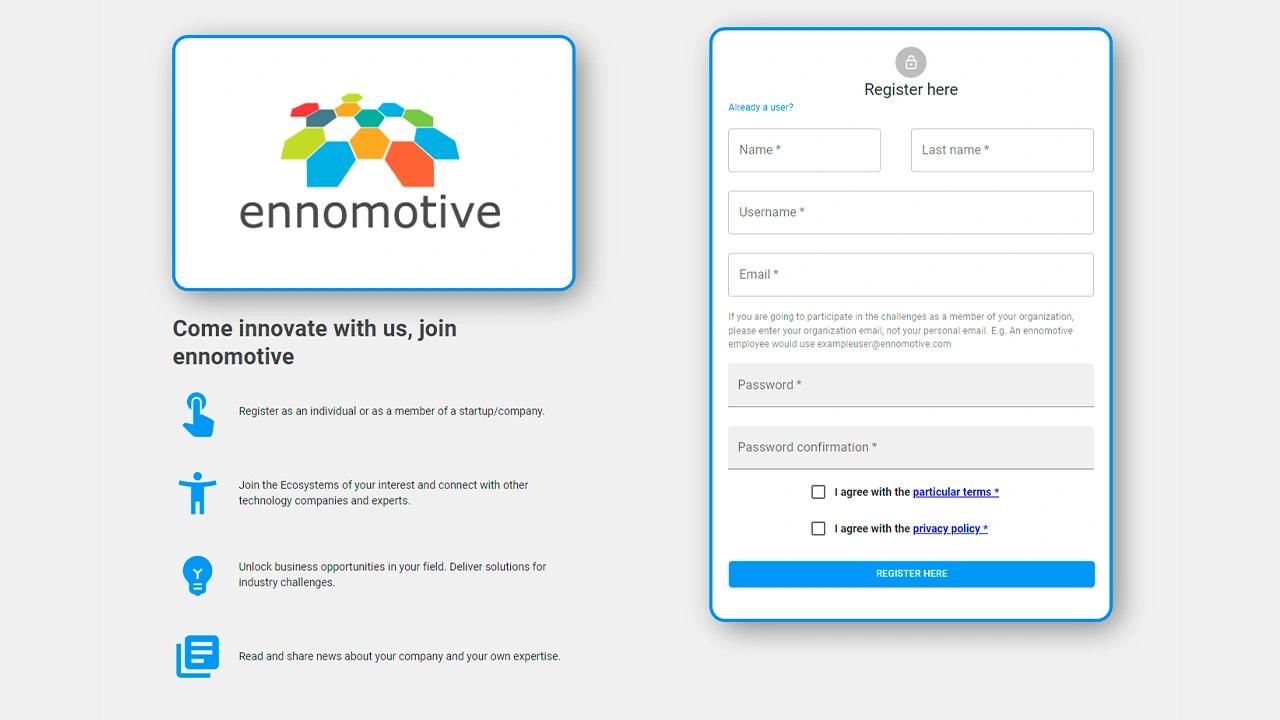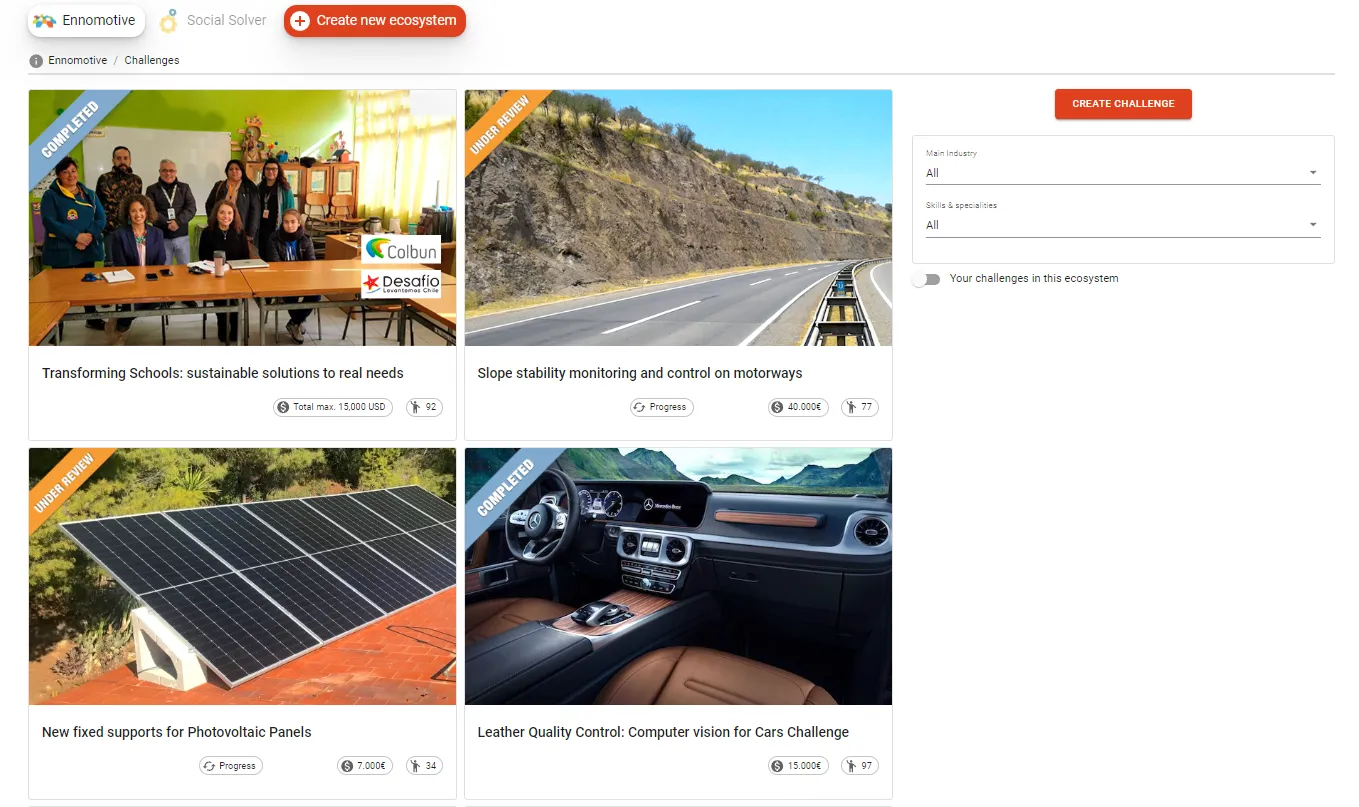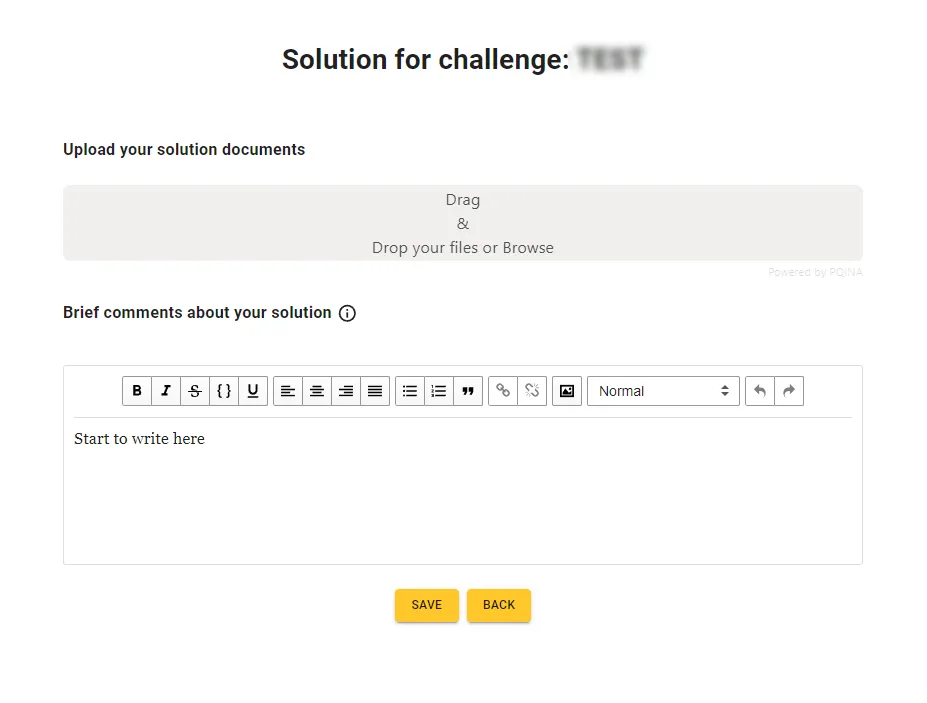Background
Ayuda en Acción has been working since 1981 in Colombia to improve the quality of life of the most vulnerable communities. The strengthening and modernization of the productive and industrial capacity of these communities is one of its main lines of cooperation.
The department of Nariño in Colombia is recognized as one of the regions where the best cocoa with a fine aroma is produced. Its production is largely carried out by peasant families of African origin with very limited resources.
In Tumaco, south of the Colombian Pacific coast border with Ecuador, there is the Bajo Mira y Frontera Community Council - CCBMyF. This council includes 52 sidewalks and 1,814 families of which 975 are cocoa producers. With an agricultural use area of 10,668ha of which only 3,747ha were planted with crops such as cocoa, palm oil, coconut, banana, yucca, timber and fruit, among others.
Ayuda en Acción supports the strengthening of the cocoa production chain in the communities of the Bajo Mira y Frontera Community Council, in the municipality of Tumaco, in the department of Nariño since 2018, thanks to the financial support of AECID and the International Development Bank (IDB) through the Colombia en Paz Fund.
However, the profitability of the small cocoa plots of these families is still low, which leads to them losing competitiveness in the local and external market. This means that the average monthly income per household in 2015 was €69.74 (for the support of four people on average).
The challenge
Once fresh cocoa is separated from the cobs, it is made by fermentation, drying and final packaging. The monthly production of fresh cocoa is 45,700 kg/month, which becomes 25,135 kg when fermented.
Once fermented, the drying of the cocoa is done by keeping it in the greenhouses in batches of 300 to 500 Kgs.(this allows to reduce the moisture of the grain of 55% up to 10%) or taking it to the drying oven that uses propane gas (allowing its humidity to be reduced below 7,5 %) (see annex Cocoa Process Scheme.pdf and Greenhouses pictures.pdf)
A cylindrical drying oven of 2,500 Kgs / lot and a gas burner of 20,000 - 50,000 Kcal/hr is currently available. Another oven of 500 Kgs. capacity is also available (see annex Drying Machines.pdf).
Propane gas is expensive, difficult to obtain in this area of Colombia, sometimes not available, and also generates an impact on the environment. This affects the fact that the drying of the cocoa cannot be carried out correctly and its quality is not optimal.
What we are looking for
We are looking for a drying system that allows reducing the humidity levels of cocoa beans below 7% in a maximum of 7 days. New systems shall not use fossil fuels that in addition are not easily available in the area.
This can be achieved by designing systems that use renewable energy or biofuels available in the area, or combinations of both, depending on the cost/benefit ratio.
In addition, a simple process control system for fermentation, drying and storage would be recommended, allowing monitoring variables such as temperature, humidity and gas concentration.
- Could we finish drying at 7% humidity in the greenhouses?
- Would we need to add any power source or change the design? Controlling air renewal and introducing heat exchangers?
- What would we do on rainy days, with minimal solar radiation?
- Is it possible to replace propane with other renewable energies such as waste from other crops? Or is it possible to replace them with other clean energies?
Evaluation criteria:
- Technical feasibility and adapted to the context of the environment
- Minimum possible cost
- Lower environmental impact
- Easy acquisition, implementation, use and maintenance with local resources
This is a challenge with the following deliverables:
A PDF document including:
- A technical description of the proposed system and its operating model.
- Detailed specification of equipment and facilities (drawings, materials...).
- Plan of implementation of the project.
- Investments required (cost estimate).
In addition, you can add attachments to support your solution.
Timing:
1 round challenge - 7 weeks for the submission (May/10/2022) + 4 weeks for the evaluation.
-------------------- Particular Terms and Conditions ----------------------------
Confidentiality – N/A
Particular Terms and Conditions
If a patented solution is submitted, the owner will keep the IP rights and Social Solver will only. have the right to use it for this particular project.
If, as a result of this challenge, a new solution or technological application with IP rights emerged, the winner will transfer the rights to Social Solver in order to use the profit in social aid projects.



